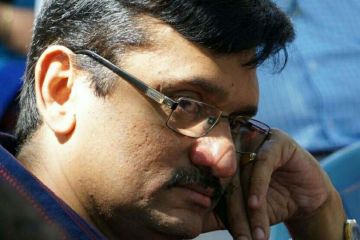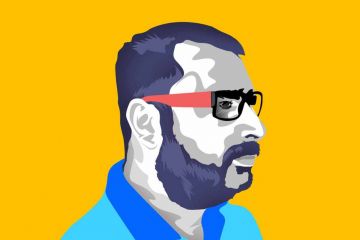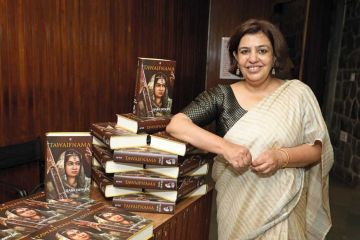
In the morose confines
of the dirt-streaked building that houses the Indian Council of Historical
Research (ICHR), change is afoot. In June 2014, Yellapragada Sudershan Rao, an
obscure 69-year-old historian from Kakatiya University in Andhra Pradesh, was
appointed its head. The appointment raised a firestorm of protest from
academics around the country. Rao’s academic credentials were doubtful—he
hadn’t written a single academic paper in a peer-reviewed journal. But what he
had going
Continue reading “On fact-free truths about Golden Ages”
Read this story with a subscription.





